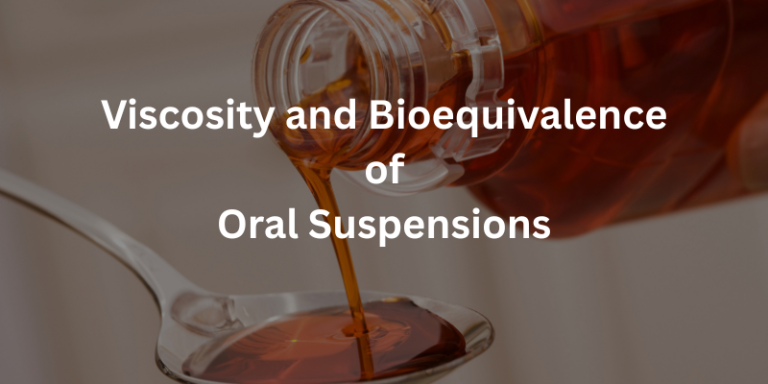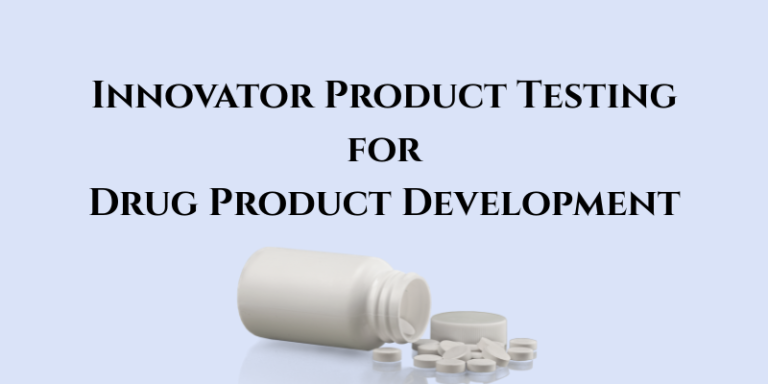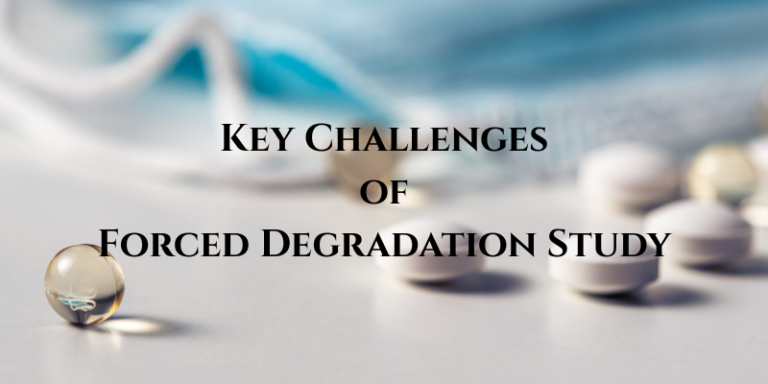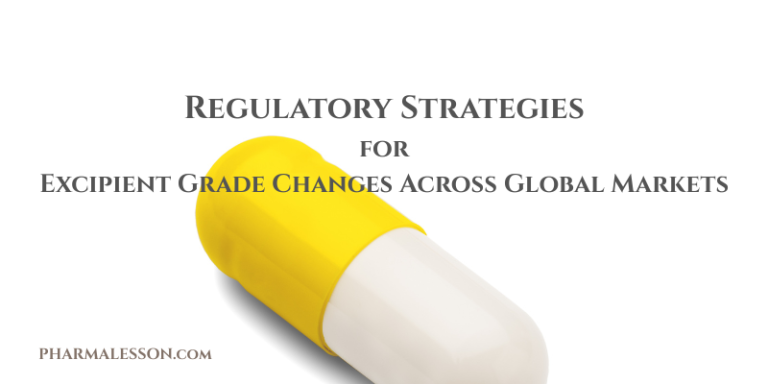Viscosity and Bioequivalence of Oral Suspensions
Viscosity plays a particularly critical role—especially when the goal is to demonstrate bioequivalence (BE) with a Reference Listed Drug Key functions of viscosity in suspensions: Bioequivalence Considerations BE studies are conducted to ensure that the rate and extent of drug absorption from a generic product are comparable to that of the RLD. For BCS Class…






